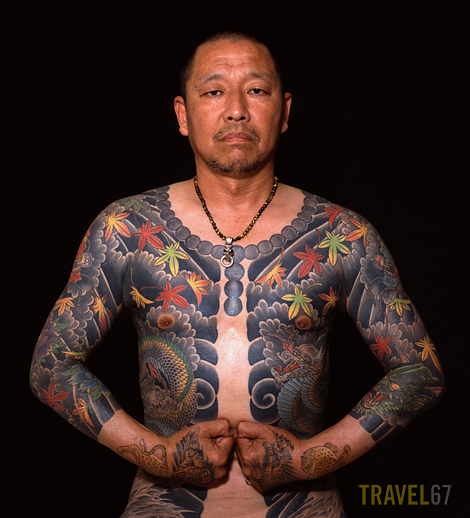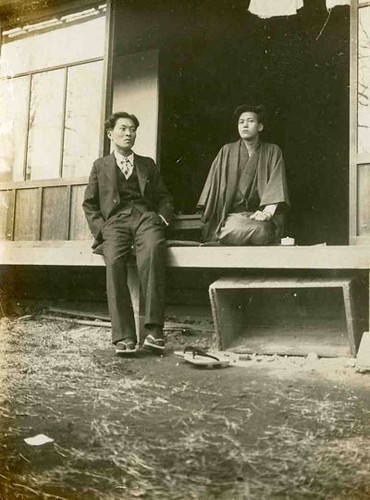Yuniya Kawamura begins to explain in Fashion-ology the great number of individual persons involved in the fashion industry. Designers, marketers, testers, researchers, managers, those on the assembly line, retail managers, sales people - the thought of how many people's work goes into each and every design that enters the mall is enough to overwhelm me completely.
According to Kawamura, fashion is a product of the work of all these people coming together. Though I am not wishing to provide a critique of her work, as the points she raises are all valid, I am left to wonder: how large of an ownership do factory workers in an assembly-style manufacturing system have in fashion?
The way goods are made today is very different from how goods were made in the past. With the advent of the large-scale factory, we have reduced even the most complex goods into the simplest of parts. When we build an automobile, we are not building the vehicle from scratch to completion. Rather, one individual or one machine will be responsible for molding the frame; another will add the tires, another will apply the paint, another will inspect the finished product for safety.

I learned in a Chican@ Studies class I took last year - United States & Mexico Border Relations - that this is completely intentional. And not for the purposes of efficiency or safety, but for one simple reason: if an individual does not see a product from inception to completion, that individual is not likely to see the value of their work in relation to the value of the finished product.
For example: if I am working in a television factory, and I build a television set from beginning to end, then I understand the value of my work - that went into building the television - in relation to the value of the television itself. If the television is sold for x amount of money, then I know for every television set that I build, I should get a good portion of that x.
But that doesn't happen. Instead, when constructing a television set, the process is broken down into dozens of stages. One woman - and it is usually women, especially in Mexico, where the earlier photograph was taken - is responsible for screwing on a certain set of bolts, another woman places the glass, another woman attaches the wiring, etc. At the end of the day, not a single woman in the factory was able to contribute in a way that feels significant to the construction of that television set. As such, she is more likely to feel that she does not deserve great pay. It is easier to accept disgustingly low wages when one is screwing what appears to be insignificant small parts in factory all day, as opposed to... say, constructing entire television sets.
That's why Kawamura's assertion struck a chord with me: how much of a role do those on the assembly line have in the construction of goods? Certainly there are some companies in which workers develop a product from near-beginning to near-end; but in an assembly-style manufacturing, isn't the point that individual workers have as little power in the process as possible? Aren't workers on the assembly line being systematically excluded from fashion as an ideology? It seems to me that workers certainly contribute to the production of clothing, but fashion? Doesn't seem like it.
- Compact Challenge: I took a look at a jacket of mine the other day. It's not too complicated. Semi-shiny fabric, zipper, a hood that can be rolled up into the collar or let out, a few pockets here and there. How many people do you think took to create it? My guess is someone cut the fabric, someone else sewed it together, someone else attached the different items to it... and that's before being packaged, being sent out all over the country, being unloaded in the stores, being placed on the shelves, being rang up at the cash registers - see what I mean? Overwhelming. I haven't bought anything in a while; it feels really nice.
Mo Torres #9
REFERENCE:
Yuniya Kawamura, "Fashion as an Institutionalized System," in Fashion-ology.
IMAGE:
http://www.segundoasegundo.com/images/uploads/maquilasenpeligro.jpg










 This reminded me of British fashion designer Alexander McQueen's situation. After McQueen's tragic suicide just days before this year's Fashion Week, everyone was wondering: what's going to happen to his fashion label? While the designer was certainly memorable--his alien-esque runway models and mile high, lobster hand-looking heels shocked the public--his line was still new, his name was just beginning to become world-reknowned outside of the fashion sphere, and his label actually didn't make that much money (launched in 2001, he didn't break even until 2007). While he had a "symbolic capital"--unique aesthetic--which brought him much status and fame, his line in question was not fully established yet. While Gucci Group has been announced to be continuing McQueen's line, it is not guaranteed to be successful without the personality of its original designer, which I believe to be its reason for success and fame. Only time will tell if socio-cultural-economical capital is enough to keep the label going without its amazing designer.
This reminded me of British fashion designer Alexander McQueen's situation. After McQueen's tragic suicide just days before this year's Fashion Week, everyone was wondering: what's going to happen to his fashion label? While the designer was certainly memorable--his alien-esque runway models and mile high, lobster hand-looking heels shocked the public--his line was still new, his name was just beginning to become world-reknowned outside of the fashion sphere, and his label actually didn't make that much money (launched in 2001, he didn't break even until 2007). While he had a "symbolic capital"--unique aesthetic--which brought him much status and fame, his line in question was not fully established yet. While Gucci Group has been announced to be continuing McQueen's line, it is not guaranteed to be successful without the personality of its original designer, which I believe to be its reason for success and fame. Only time will tell if socio-cultural-economical capital is enough to keep the label going without its amazing designer.










 ---> guys aren't the only ones that get full body tattoos!
---> guys aren't the only ones that get full body tattoos! <--- the Yakuza Tattoo style
<--- the Yakuza Tattoo style


